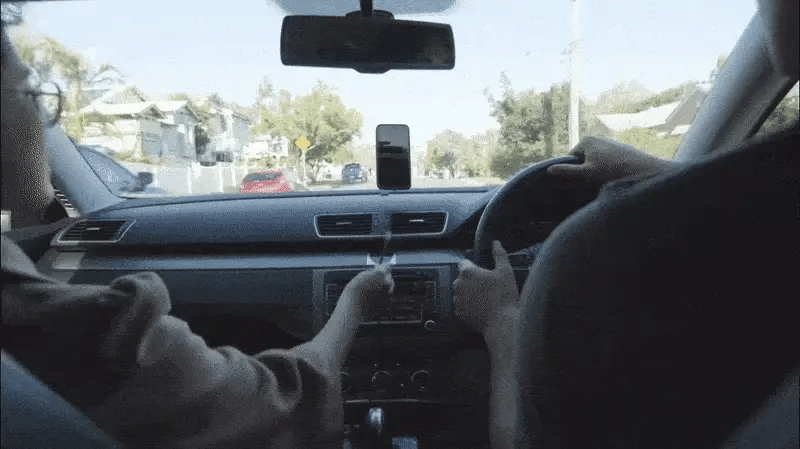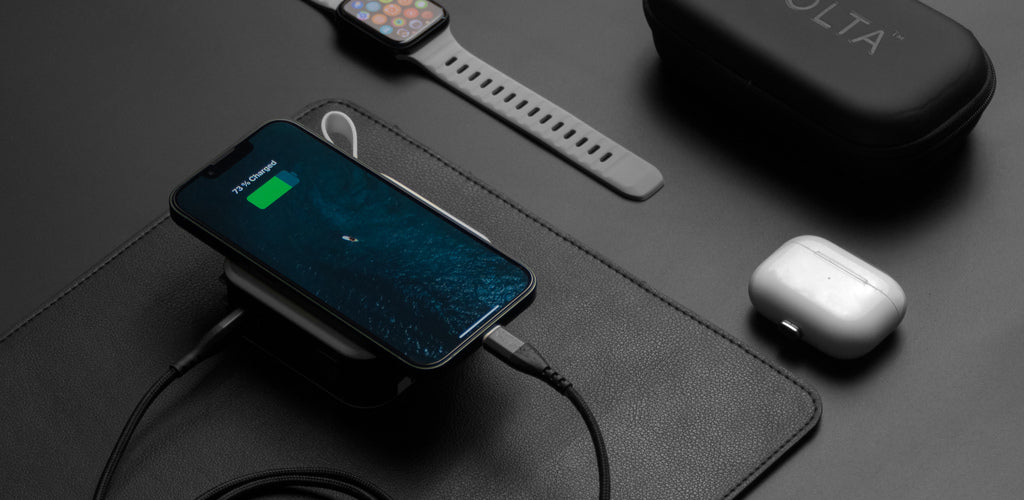If you’ve ever found yourself at the airport, wondering whether your power bank will pass through security, then this blog is just for you. With more and more devices to keep charged, traveling with power banks has become a necessity, but the rules can be confusing.
You might be asking yourself, "Can I bring this power bank on a plane? Will I get through security without an issue?" These are common concerns for frequent travelers. In this guide, we'll simplify the TSA and airline rules to ensure your next trip goes smoothly—so you’ll know exactly what’s allowed and what’s not when it comes to bringing your power bank onboard.
1. TSA Regulations on Power Banks
The Transportation Security Administration (TSA) has strict guidelines for carrying power banks on planes. The key factor that determines if your power bank is allowed on board is its watt-hour (Wh) rating.
- Power banks with less than 100Wh are generally allowed in your carry-on baggage without any special permissions.
- If your power bank has a capacity between 100Wh and 160Wh, you are allowed to bring it on board, but airlines may require prior approval, and there may be a limit to how many you can carry.
- Power banks above 160Wh are prohibited from being brought on board at all, in either checked or carry-on luggage.
How to calculate watt-hours (Wh): Most power banks list their capacity in milliamp-hours (mAh). To convert this to watt-hours, use the formula:
[ Wh = (mAh × Voltage) ÷ 1000 ]
For example, the VoltaGo Magnetic Power Bank 10K mAh has a capacity of 10,000mAh at 3.7V, which equals about 37Wh—well within TSA’s guidelines for safe air travel.

VoltaGo - Magnetic Power Bank (10k mah)
$30.00 $71.00
Save $41.00Prop It Up: Features a versatile built-in foldable kickstand that keeps your iPhone 14/13/12 upright for a comfortable viewing angle. Strong and Snappy: The super-strong magnet snaps ...
2. Where Should You Pack Your Power Bank?
TSA rules state that power banks must be packed in your carry-on luggage and are not allowed in checked baggage. This is because power banks contain lithium-ion batteries, which can pose fire hazards if stored in the cargo hold. By keeping them in the cabin, airline staff can more easily address any safety issues.
Tip: Always double-check that your power bank is in your carry-on before heading to the airport to avoid unnecessary delays at security.
3. Airline-Specific Rules and Limits
While TSA regulations provide a general framework, each airline may have additional rules regarding power banks. Some airlines may limit the number of power banks you can bring, while others may ask for special handling of larger capacity power banks (those between 100Wh and 160Wh).
Best Practice: Check your airline’s specific policies before you fly. Most airlines clearly state their battery restrictions on their website, and it's a good idea to be aware of any unique rules they may have.
4. International Flights and Airport Security
If you’re flying internationally, airport security in other countries may have slightly different rules, but most follow similar guidelines to the TSA. Some countries may have stricter limits on lithium-ion batteries, so it’s important to research the rules at your destination.
For instance, airports in China and certain EU countries may impose stricter checks on power banks, especially regarding watt-hour limits and the number of devices allowed. In such cases, a compact, TSA-friendly option like the VoltaGo Magnetic Power Bank, with its safe capacity, magnetic connectors, and user-friendly design, offers an ideal solution for hassle-free international travel.
5. Additional Safety Tips for Flying with Power Banks
To ensure smooth travels with your power bank, follow these best practices:
- Turn off the power bank while in transit, especially during takeoff and landing.
- Avoid using the power bank when your flight is taxiing or during turbulence, as this can add unnecessary strain to the device.
- Use protective covers to avoid accidental damage or power bank activation in your bag.
- Consider removable cables: Power banks with built-in cables can sometimes trigger alarms during screening.
Conclusion
Flying with a power bank doesn’t have to be complicated, as long as you follow the TSA’s watt-hour rules and check with your airline ahead of time. Keeping your power bank in your carry-on is a must, and having a device like the VoltaGo Magnetic Power Bank, which comfortably meets all the safety requirements, ensures you’ll stay charged without any extra hassle at security.
By following these guidelines, you'll be prepared for your next flight, whether you're traveling domestically or internationally.



Leave a comment
This site is protected by hCaptcha and the hCaptcha Privacy Policy and Terms of Service apply.